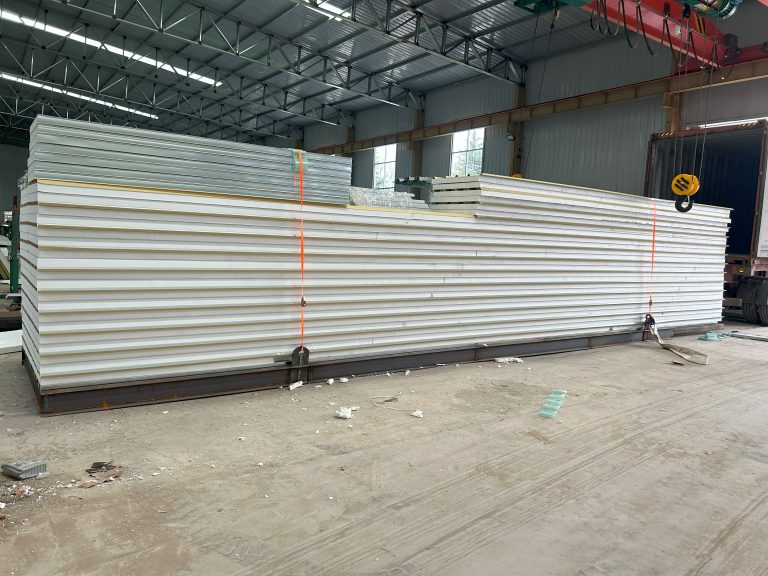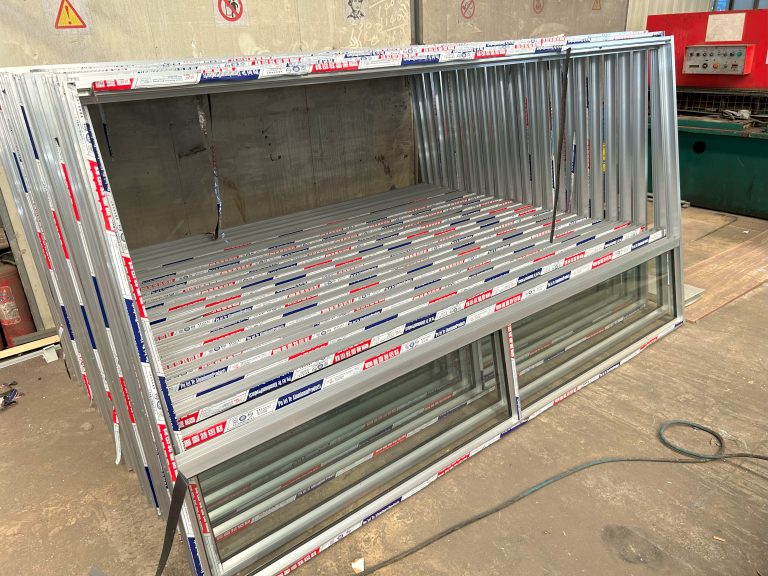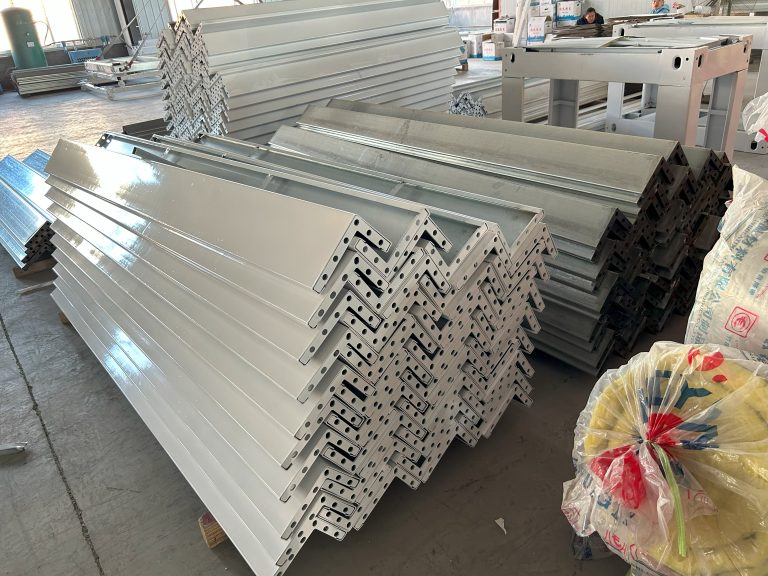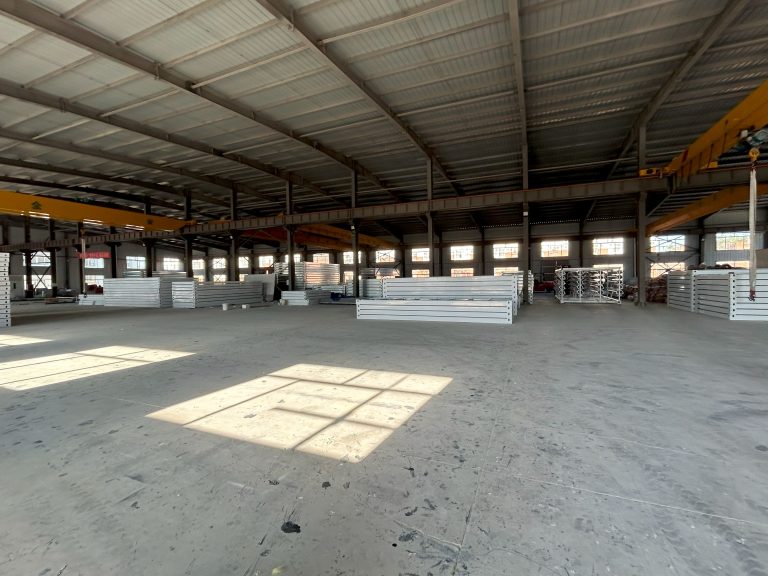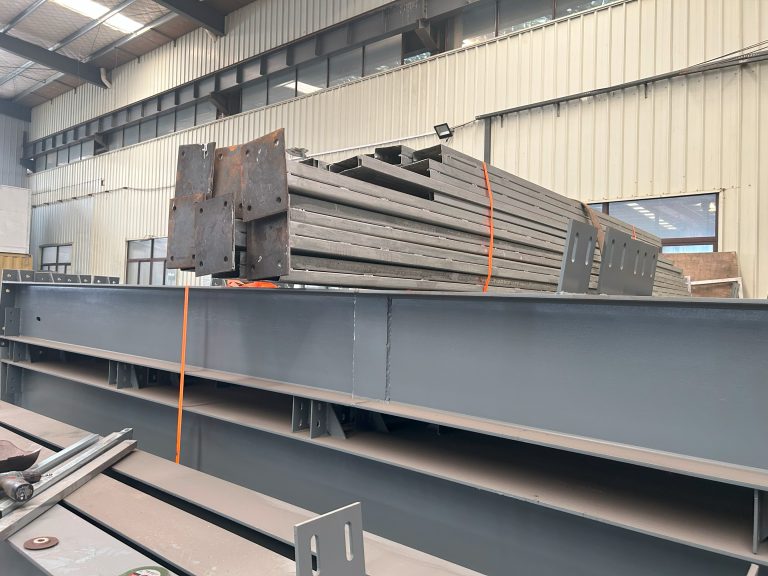Stability and reliability of steel structure in infrastructure construction
Table of Contents
Benefits of Using Steel Structures in Infrastructure Construction
Steel structures have long been a popular choice in infrastructure construction due to their stability and reliability. The use of steel in construction projects offers a wide range of benefits that make it an attractive option for builders and developers. In this article, we will explore the advantages of using steel structures in infrastructure construction.
One of the key benefits of using steel structures in infrastructure construction is their strength and durability. Steel is known for its high tensile strength, which means it can withstand heavy loads and extreme weather conditions. This makes steel structures ideal for buildings, bridges, and other infrastructure projects that need to support large amounts of weight.
In addition to their strength, steel structures are also highly resistant to corrosion and rust. This makes them a low-maintenance option for infrastructure construction, as they require minimal upkeep over time. Steel structures are also fire-resistant, which adds an extra layer of safety to any construction project.
Another advantage of using steel structures in infrastructure construction is their versatility. Steel can be easily shaped and molded into different forms, allowing for a wide range of design possibilities. This flexibility makes steel structures a popular choice for architects and designers who want to create unique and innovative buildings.
Steel structures are also quick to assemble, which can help reduce construction time and costs. Prefabricated steel components can be manufactured off-site and then easily assembled on-site, speeding up the construction process. This can be especially beneficial for infrastructure projects that have tight deadlines or budget constraints.
Furthermore, steel structures are environmentally friendly. Steel is a recyclable material, which means that it can be reused and repurposed for future construction projects. This helps reduce waste and minimize the environmental impact of infrastructure construction.
In terms of cost, steel structures can be a cost-effective option for infrastructure construction. While the initial cost of steel may be higher than other building materials, the long-term benefits of using steel – such as its durability and low maintenance requirements – can help offset these costs over time. Additionally, the quick assembly time of steel structures can help save on labor costs and reduce overall construction expenses.
Overall, the stability and reliability of steel structures make them an excellent choice for infrastructure construction. From their strength and durability to their versatility and environmental benefits, steel structures offer a wide range of advantages that make them a popular option for builders and developers. Whether it’s a high-rise building, a bridge, or a stadium, steel structures can provide the stability and reliability needed for successful infrastructure construction projects.
Importance of Regular Maintenance for Ensuring Stability and Reliability of Steel Structures
Steel structures are a common feature in infrastructure construction due to their strength, durability, and versatility. From bridges and buildings to pipelines and industrial facilities, steel is a popular choice for its ability to withstand heavy loads and harsh environmental conditions. However, like any other material, steel structures require regular maintenance to ensure their stability and reliability over time.
Regular maintenance is crucial for steel structures to prevent corrosion, fatigue, and other forms of deterioration that can compromise their structural integrity. Corrosion, in particular, is a major concern for steel structures exposed to the elements, such as bridges and offshore platforms. Without proper maintenance, corrosion can weaken the steel and lead to structural failure, posing a serious risk to public safety and the environment.
To prevent corrosion and other forms of deterioration, regular inspections and maintenance are essential. Inspections should be conducted by qualified professionals who can identify potential issues and recommend appropriate repairs or preventive measures. This may include cleaning, painting, and applying protective coatings to the steel surface to prevent corrosion and extend the life of the structure.
In addition to preventing corrosion, regular maintenance can also help identify and address other issues that may affect the stability and reliability of steel structures. Fatigue, for example, is a common problem in steel structures subjected to repeated loading and unloading, such as bridges and cranes. By monitoring the condition of the steel and addressing any signs of fatigue, maintenance can help prevent catastrophic failures and ensure the long-term performance of the structure.
Furthermore, regular maintenance can help extend the service life of steel structures, reducing the need for costly repairs or replacements in the future. By investing in preventive maintenance, owners can protect their investment and ensure the continued functionality of the structure for years to come. This not only saves money in the long run but also minimizes disruptions to operations and reduces the risk of accidents or downtime.

In conclusion, regular maintenance is essential for ensuring the stability and reliability of steel structures in infrastructure construction. By preventing corrosion, fatigue, and other forms of deterioration, maintenance can help protect the structural integrity of steel structures and ensure their long-term performance. Investing in preventive maintenance not only saves money and reduces the risk of accidents but also extends the service life of the structure, providing peace of mind for owners and users alike. In a world where safety and reliability are paramount, regular maintenance is a small price to pay for the continued success of steel structures in infrastructure construction.


